"Pipe Dreams, by Joseph Dephoure, ACL, and Edward Atkins, ACL, is ranked among the year's ten best because of its considerable triumphs over dramatic and technical difficulties. Through the imagination of its producers, a small cast, simple settings and moderate footage have been used to tell a big story, rich in pictorial effect. Dreaming that he has murdered his unfaithful wife, a young man sees in prospect the swift and fearful course of his life to the waiting gallows. The murder, the trial, the death cell and the hanging are represented in large part only by the imaginative and striking use of shadows of the real scenes. Occasional straight shots are heightened in effect by unusual angles and dramatic lighting. Sensitively planned, smartly executed and deftly cut, Pipe Dreams makes its simple story exciting and forceful." Movie Makers, Dec. 1933, 500.
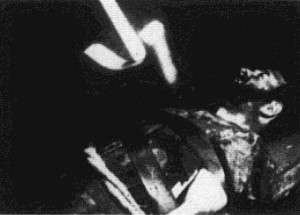
"We have the creation of an audiovisual of Edgar Allen Poe's classic. Mr. Cowel's picture interpretation gives the dimension of life to Mr. Poe's terrifying drama. A prisoner of the Spanish Inquisition at Toledo, in a dark dungeon, describes his horrible tortures" PSA Journal, Oct. 1961, 48.
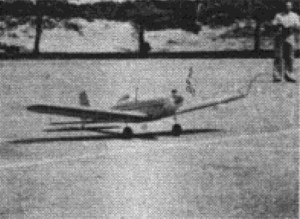
"One must enjoy a great deal of fun in building and flying the midget airplanes. Not the rubber-band motors, but the real one-cylinder petrol engine with radio control. We witness the construction and flying of the miniature craft" PSA Journal, Nov. 1960, 42.
"Plato in Amerika deals with the new life a young fellow from the Old Country finds in America. From working as a waiter in a restaurant to shooting dice with his friends, we see him dancing, brawling, wenching, and embarrassing his parents. When at last he is forced to marry one of his girl friends and later is seen romping with his children, he smiles at the camera and decides "this is life" PSA Journal, Sept. 1965, 51.
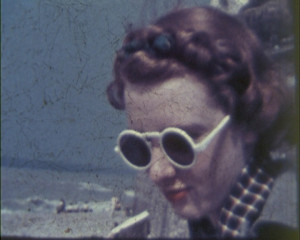
"Amateur filmmaker, cinema historian and railway engineer H.A.V. Bulleid employs his flair for amateur production to spice up his home movies of a romantic trip to France. Acting in a moment of impulse, a man proposes to take his female friend to Paris. Leaving behind Dover's white cliffs, they arrive in Calais 'in less time than it takes to read the Bible'. Once their car - named 'Tilly' - has been unloaded, they set out to Paris via Le Tréport, Belleville, Rouen and Louviers. Arriving in the French capital they head straight to 'the film director's joy', the Avenue des Champs-Élysées and L'Arc de Triomphe, visit the Paris Bourse and tour the city's streets and boulevards. Pausing for a drink, they continue on to Place Saint-Augustin and Montmartre, dining at Moulin de la Galette - 'a tourist's paradise...pay double and eat half' - before catching a film at Studio 28. Tearing themselves away from the city of light with one last drink at Cafe George V, they drive through a gathering storm to Étaples and on to Le Touquet-Paris-Plage, 'haunt of motion picture stars', before a flurry of editing retraces their trip, marked out on a map" (EAFA Database).
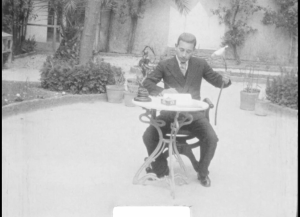
Paradoy of the avantgarde film culture of the era, including references to Salvador Dalí, Luis Buñuel, Joan Miró and dancer Àurea de Sarrà. It is interesting because it shows the crossed dialogue between these different film cultures that functioned beyond the realm of commercial cinema.
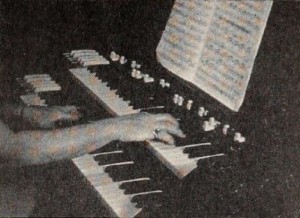
"At the outset of amateur movies' newest medium, magnetic sound on film, Robert G. Williams has accomplished a tour de force with his uncannily perfect synchrony of music to pictures in Poet and Peasant. As Kathryn Williams plays the familiar overture on the Hammond organ, the sound accompaniment matches the hand movements on screen without faltering and without once resorting to tricks or short cuts. Countless closeups of the organist's hands as they play give evidence of Mr. Williams's confidence and ability in the new field. But Mr. Williams also has made a lively and interesting picture from a subject usually so dull and static that, more often than not, it has stumped most professionals. Pacing his film with precision, he has used an amazing variety of camera angles, even shooting from above and behind the organ. Mrs. Williams's playing is competent and assured; but it is Mr. Williams's unusually good filming and recording techniques which bring her abilities vividly to life on screen." Movie Makers, Dec. 1952, 339.
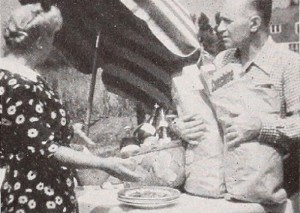
"George Mesaros, who has demonstrated his competence as a maker of good movies in other fields, turns to humor in this film comment on wartime conditions. The point of the story — for it is the foray and not the tale that is pointless — turns on providing for a picnic in the yard of the home. While the master of the house is shopping with ration points, the skeptical family gets, from the Victory garden, cooks and eats the alfresco feast, at the end of which Father — who really did find something in the shops — returns with loaded arms. First class Kodachrome pictures and a well knit continuity are used by Mr. Mesaros to bring to American audiences something of the spirit of easy and natural outdoor fun with food that for so long characterized the Europe of happy memory. Some of the scenes of cooking are so realistic that one almost reaches for what is shown on the screen." Movie Makers, Dec. 1943, 478.
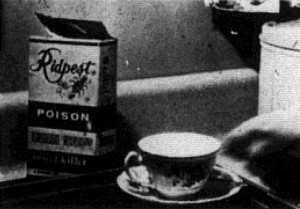
"The dutiful husband gets his own breakfast while his wife enjoys the luxury of sleeping late in the morning. He leaves her breakfast near the bed and we leave him for business. He becomes disturbed over the thought of a possible error in her food serving and feels the need to communicate her immediately. A nice gentle suspense builder" PSA Journal, Oct. 1961, 47.
Total Pages: 299